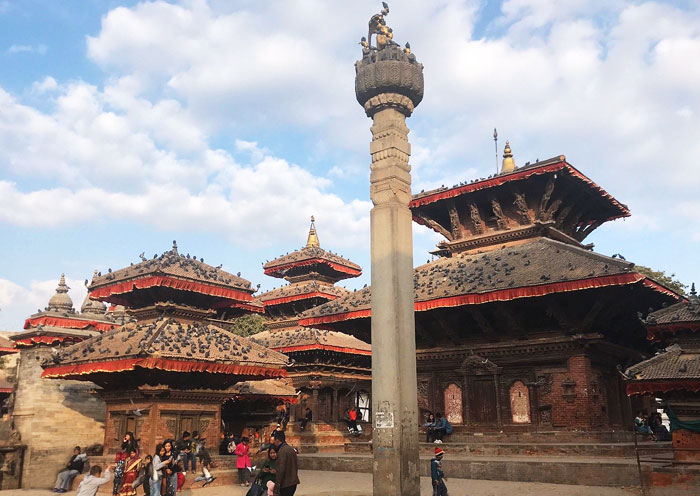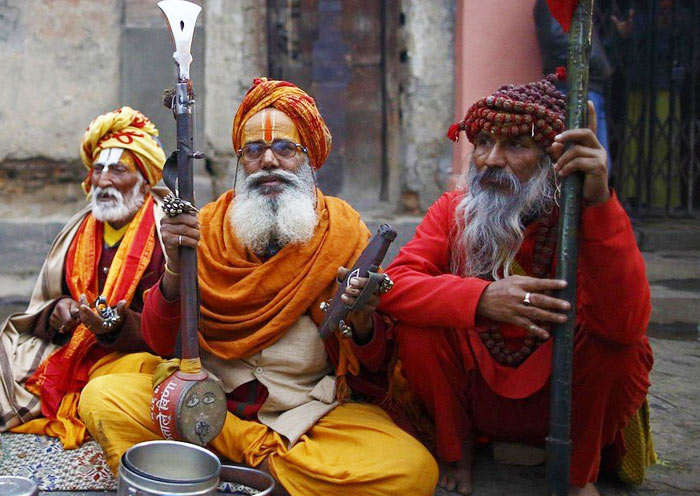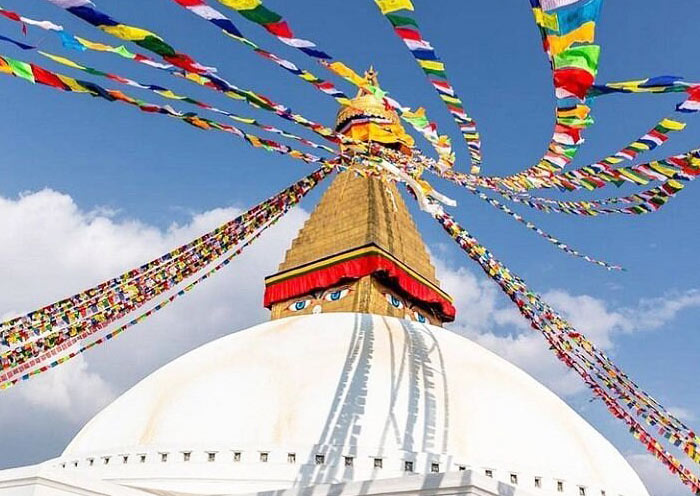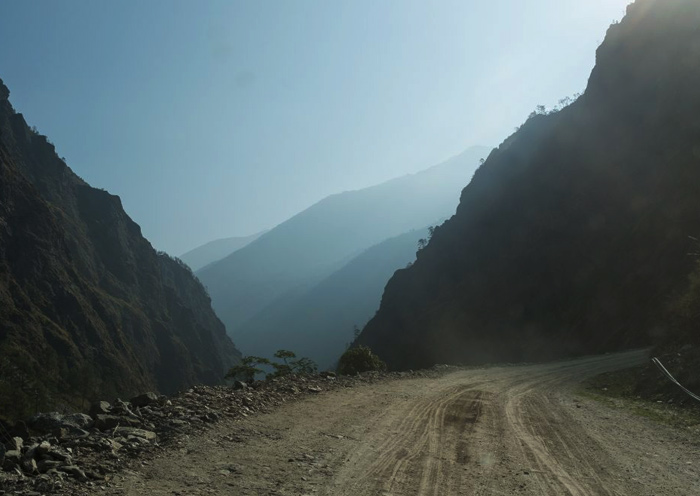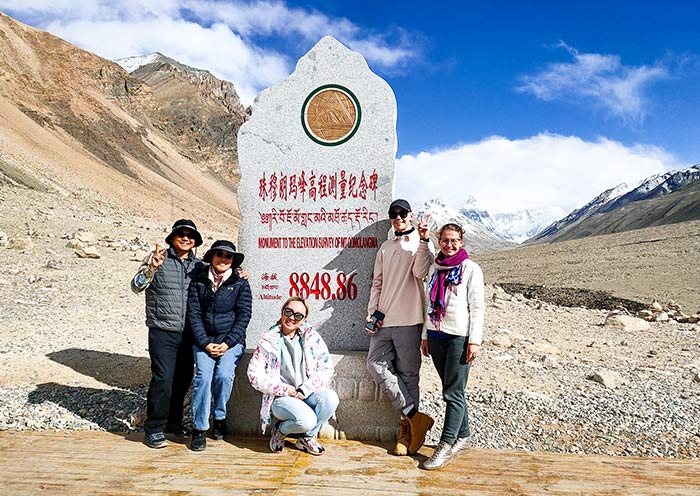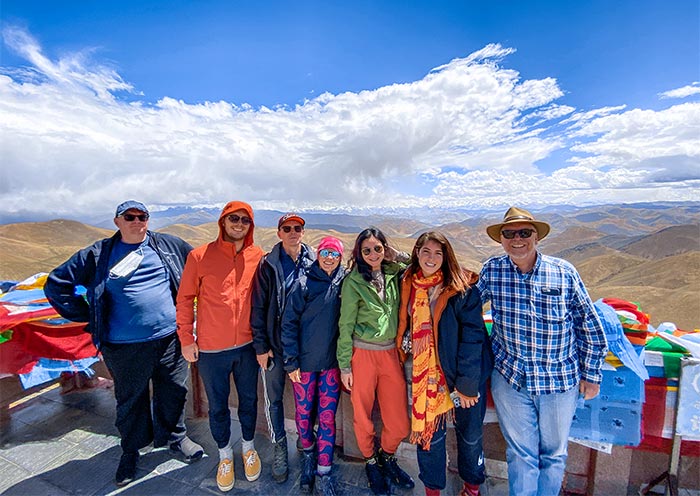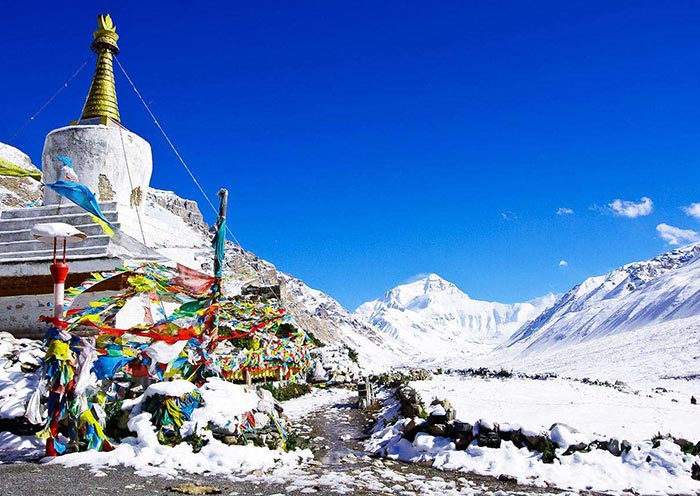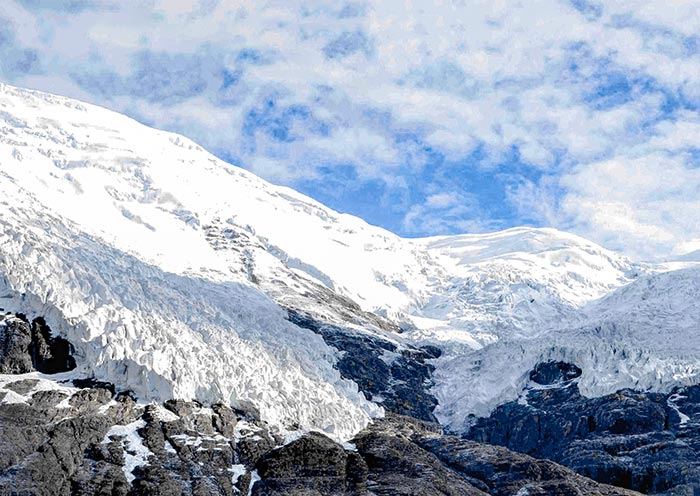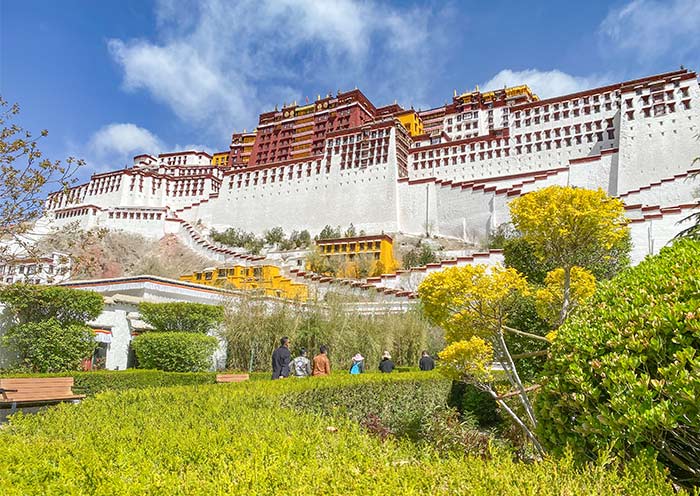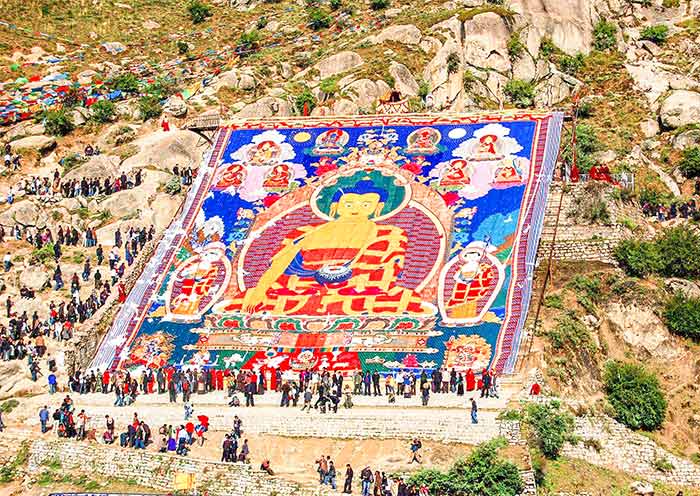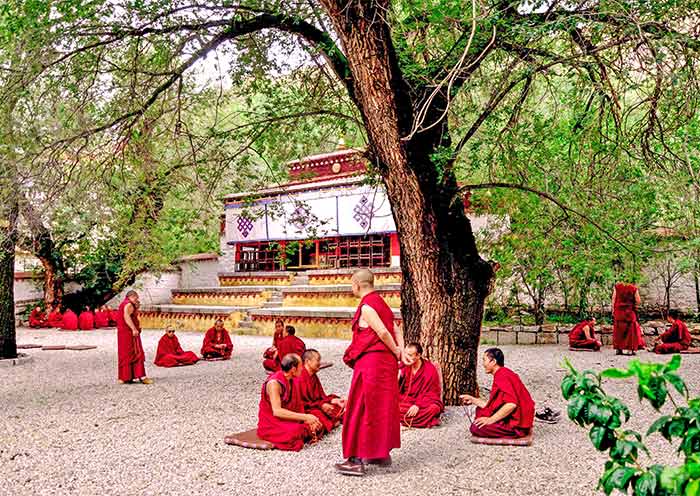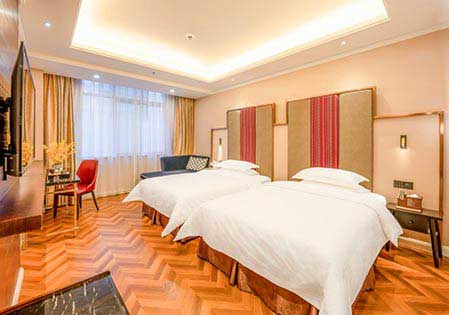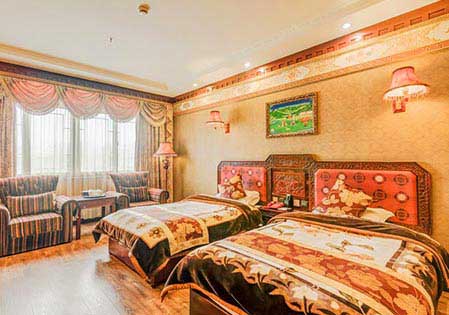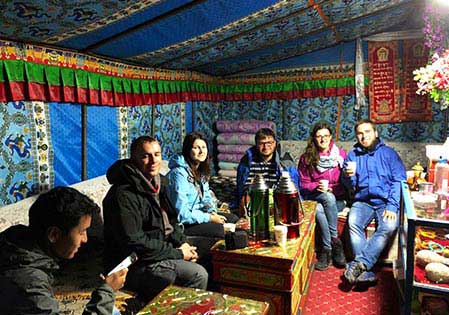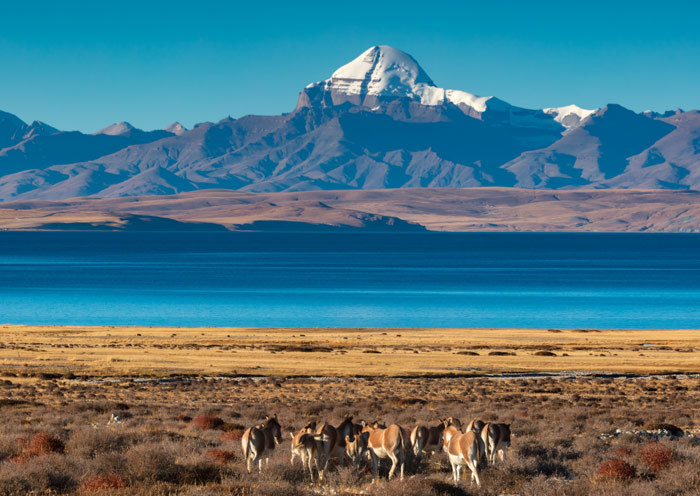This morning, you will be thrilled to begin your sightseeing tour with a visit to Patan Durbar Square (World Heritage), which is the third Durbar Square in our Kathmandu Valley Tour. Located in Patan (Lalitpur), about 6 kilometers away from Kathmandu, this square is renowned for its ancient architectural masterpieces, including dozens of Buddhist and Hindu temples, pagodas, stone, and wood carvings. Like Kathmandu Durbar Square and Bhaktapur Durbar Square, Patan Durbar Square served as the royal palace of the Malla Kings before Prithivi Narayan Shah conquered the Three Malla Kingdoms of Kathmandu, Patan, and Bhaktapur in 1769 and consolidated them to found the modern state of Nepal. He also established the capital of Nepal in Kathmandu. Patan is believed to have been established around 2,300 years ago and is the oldest of the three cities that make up the Kathmandu valley.
Then, drive about 6km to Pashupatinath Temple (World Heritage) - a stunning pagoda-style Hindu temple dedicated to Lord Shiva. This magnificent temple, which dates back to around 400 B.C., is the oldest Hindu temple in Nepal and a must-see for any visitor to the region. The main temple complex at the Bagmati River is only open to Hindus, but non-Hindus can observe from the terraces on the east side of the river. The Bagmati River is Nepal's holiest river for both Hindus and Buddhists. It originates in the Himalayan Mountains, and it is believed that its waters have the power to purify souls. On the banks of the River Bagmati, there is a platform for cremation rites. For generations, families have carried the bodies of their loved ones who have passed away to the river to wash their feet and sprinkle drops of water on their faces. It is believed that the river washes away a person's sins and sends their soul to heaven. The body is then burned along the banks of the river, and the ashes are scattered into the water.
Afterwards, you will head to Boudhanath Stupa (World Heritage), which is one of the largest Buddhist stupas in the world. The first stupa at Boudhanath was built sometime after AD 600 when the Tibetan king, Songtsen Gampo, converted to Buddhism. Stupas were originally constructed to house holy relics, and some claim that Boudhanath contains the relics of the past Buddha, Kashyapa, while others believe it contains a piece of bone from the historical Buddha's skeleton, Siddhartha Gautama. The construction materials, including soil, bricks, and stones, were transported using elephants, horses, donkeys, and other animals.
The stupa at Boudhanath is a historical pilgrimage site for Buddhists around the world. You can follow the locals and walk in a clockwise direction around the stupa, turning the prayer wheels under the protective gaze of Buddha's eyes. The two eyes on each of the four sides of the stupa symbolize the Buddha's ability to see all. Boudhanath is also an excellent location for taking photos, especially at night when the stupa is illuminated by thousands of butter lamps. There are many shops around the stupa where you can purchase souvenirs, including singing bowls, prayer wheels, and prayer flags.
Stay overnight in Kathmandu.











